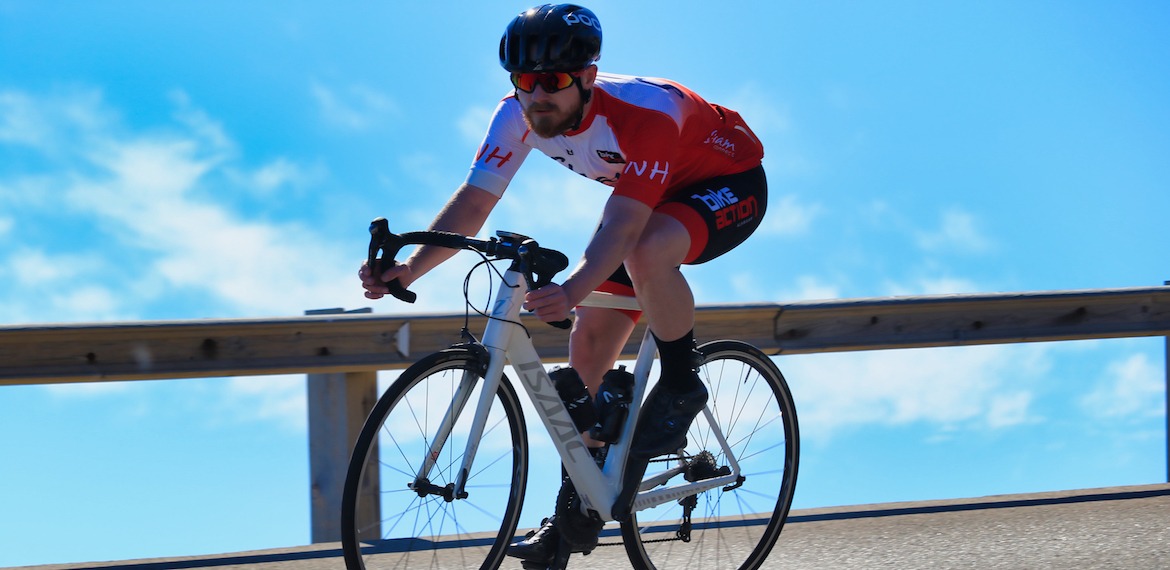 Mar
28
Mar
28
How to prepare for a 24-hour race
- 28 March 2024
- 0 Comment(s)
How do you prepare for a 24-hour race
Read the tips from Noord-Holland’s Finest Endurance Cycling captain Erik van der Wel on how to prepare for a 24-hour race in this blog.
How do I prepare for a 24-hour race? 24-hour races are relatively new in cycling. Inspired by the legendary 24 Hours of Le Mans car race, the first 24-hour races on bicycles were organized about 10 years ago in France and Germany. A few years later, the first race took place in Zandvoort. Similar to car racers, the cyclists ride laps on well-known car circuits, including the Circuit Zandvoort, which is also back on the Formula 1 calendar. Participants can race solo or in teams of 2, 4, 6, or 8 people (the exact format varies per race). Like car racers, cyclists regularly switch on the circuit. Noord-Holland’s Finest Endurance Cycling has been participating in various endurance races (including 12- and 8-hour races) in the 4-person category since 2019. This is considered the premier class in endurance cycling.
Ensure an Equitable Team
Before participating in a 24-hour race, you need to assemble a team. It’s always nice to have a rider in the team with a good sprint (often there’s a sprint at the end of the 24 hours for a position) or a rider who can close that one gap. However, fundamentally, you want to have as equitable a team as possible. There’s little benefit if your teammate can keep up with the leading group, but you can’t follow the pace right after the next switch.
Work on Your Endurance
Despite having a few hours to recover after each switch, you exert effort over several hours. To perform at the end of the race, it’s crucial to have sufficient endurance. Just like in traditional road cycling, it’s advisable to build the foundation for this during the winter, which can be further developed in the spring.
Train in Succession
Characteristic of a 24-hour race is that you have to exert effort several times relatively close together. You exert effort while not fully recovered from the previous one. You can let your body get used to this by shortening the recovery time between two workouts. For example, train for an hour in the morning before work and an hour in the evening after work. You can also choose to train on Friday evening and Saturday morning.
Consider the Switching Strategy
Rider switches are often crucial during the race. Whether or not to join a nice group after a switch can result in a lead or a gap to the competition. Think beforehand about how often you want to switch and at what times (try to always switch simultaneously with several other teams to avoid having to close the gap to the group alone). Also, agree well on where to stand in the switch zone, so you don’t have to search for each other in all the hustle and bustle when multiple teams switch at the same time.
Do Interval Training
We’ve already talked about endurance training, but don’t forget interval training either. Especially after a switch, you may need to close a gap to rejoin the group.
Ensure Adequate Clothing and Nutrition
Conditions vary per race, and the temperature can drop significantly at night. Therefore, make sure to bring enough clean clothing to the race. A race consists of different intensive stints. Due to the high intensity, your energy requirement increases. Therefore, also bring enough food and make sure to eat something both before and after each stint.
Tapering For a 24-hour race, you need to train hard, but you also need to appear fresh at the start. Therefore, make sure not to do any heavy training in the last week before the race. Keep cycling this week, but take it easy. This way, you’ll benefit from all the training you’ve done, but also be sufficiently recovered at the start.
Author: Noord-Holland’s Finest Endurance Cycling captain Erik van der Wel
